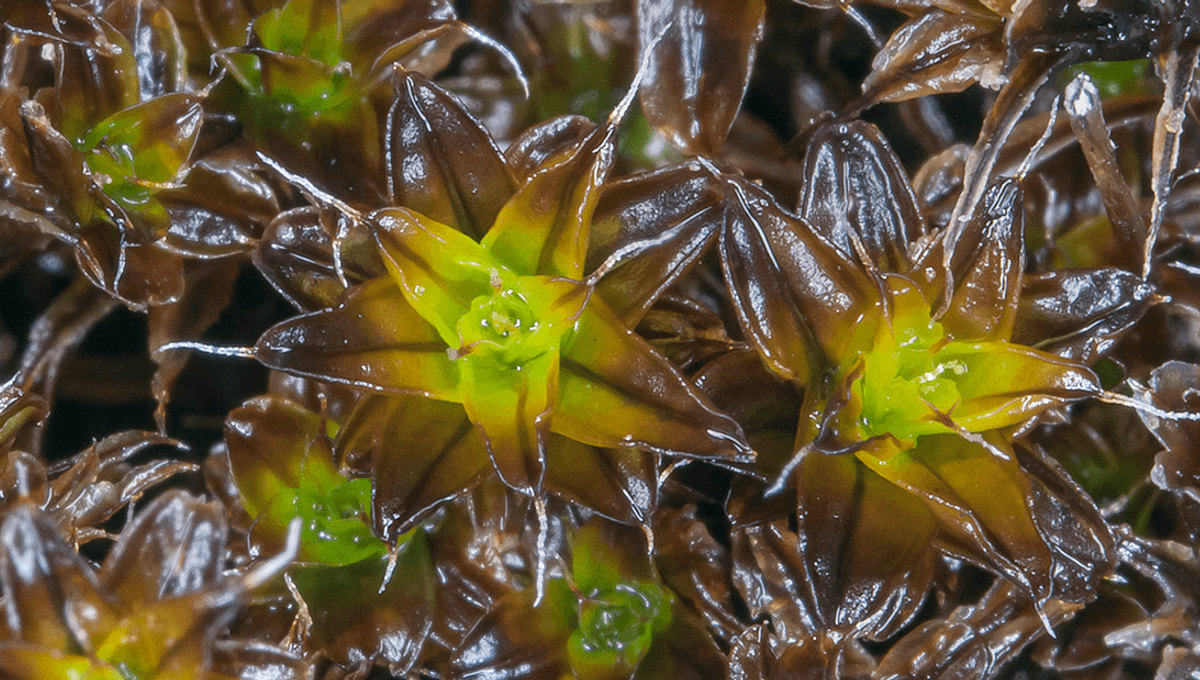
Researchers have identified a plant that could survive the harsh conditions on Mars, potentially helping future humans to terraform it.
If humans ever want to set up a home elsewhere in the Solar System, Mars seems like the most viable bet, beating off the competition by not being a hell world, having a surface we could actually stand on, and being at the edge of the habitable zone where liquid water can exist.
But a lot would have to be done to transform the planet into one we could call home. In short, along with a lot of other home comforts, higher temperatures and some sort of breathable atmosphere would be nice.
Growing plants on the planet, which would convert some of the planet’s 95 percent carbon dioxide atmosphere to breathable oxygen, would be a helpful start. In a new paper, a team from the Chinese Academy of Sciences put one plant to the test; a type of moss named Syntrichia caninervis, found most commonly in the biological soil crust (BSC) of colder deserts.
“Among land plants, mosses are often the pioneer species that are naturally selected for growth in extreme environments. Moss crusts represent an advanced stage in the development of BSCs,” the team writes in their paper. “Compared with algae and lichen crusts, moss crusts have greater biomass and carbon fixation capacity, thus playing important roles in biogeochemical cycles and stabilizing the desert surface.”
The species is particularly well suited to extreme environmental stressors, including drought, cold, and radiation, making the moss a good candidate for surviving the conditions of Mars. The team tested this by subjecting the moss to similar conditions in the lab, starting with subjecting the plants to extreme dehydration. The moss survived dehydration and resumed physiological activities “within seconds of rehydration”.
Next, hydrated and dehydrated plants were subjected to the extreme cold. Plants were placed in a –80°C (–112°F) freezer for 3 or 5 years, and a –196°C (-321°F) liquid nitrogen storage tank for 15 or 30 days, before being transferred to sterilized sand for recovery. The team found that the plants recovered surprisingly well after being subject to these extreme conditions, with dehydrated plants faring slightly better than their dehydrated counterparts.
“Following 15 and 30 days of storage in liquid nitrogen, the plants ultimately regenerated approximately two new branches,” the team wrote, “the regeneration rate was approximately 95 percent that of control plants.”
The team then subjected the plants to the kind of extreme radiation they would face on the red planet, exposing hydrated and dehydrated plants to between 500 and 16,000 grays (Gy) of radiation. Again, the plants endured the conditions surprisingly well, at least in lower doses. When radiation was between 500 and 1,000 Gy, the plants actually recovered better than the control plants.
However, subjected to higher doses, the plants took longer to recover. Over 4,000 Gy caused the plants to show signs of stress, and after 60 days of recovery, these plants had a 70 percent regeneration rate. Again, dehydrated plants fared better, though the team found the dose at which 50 percent of the organisms survived was around an hour’s treatment of 5,000 Gy.
This is a lot of radiation, showing how hardy the plants are. Humans will generally suffer severe convulsions and/or death at around 50 Gy, while plants can generally endure no more than about 1,000 Gy.
Finally, using the Planetary Atmospheres Simulation Facility at the Chinese Academy of Sciences, the team put the plants to Mars-like conditions including the balance of gases in Mars’s atmosphere and similar temperature fluctuations to those seen on the planet, for 1, 2, 3, and 7 days. Dehydrated plants recovered 100 percent after a recovery time of 30 days, while hydrated plants – which were only subjected to one day in the facility – regenerated, but slower than the dehydrated plants.
“Although there is still a long way to go to create self-sufficient habitats on other planets, we demonstrated the great potential of S. caninervis, a model moss plant, as a pioneer plant for growth on Mars,” the team concluded. “Looking to the future, we expect that this promising moss could be brought to Mars or the Moon to further test the possibility of plant colonization and growth in outer space.”
The paper is published in the journal The Innovation.
Source Link: Plant That Grows Better After Radiation Dose Could Help Terraform Mars